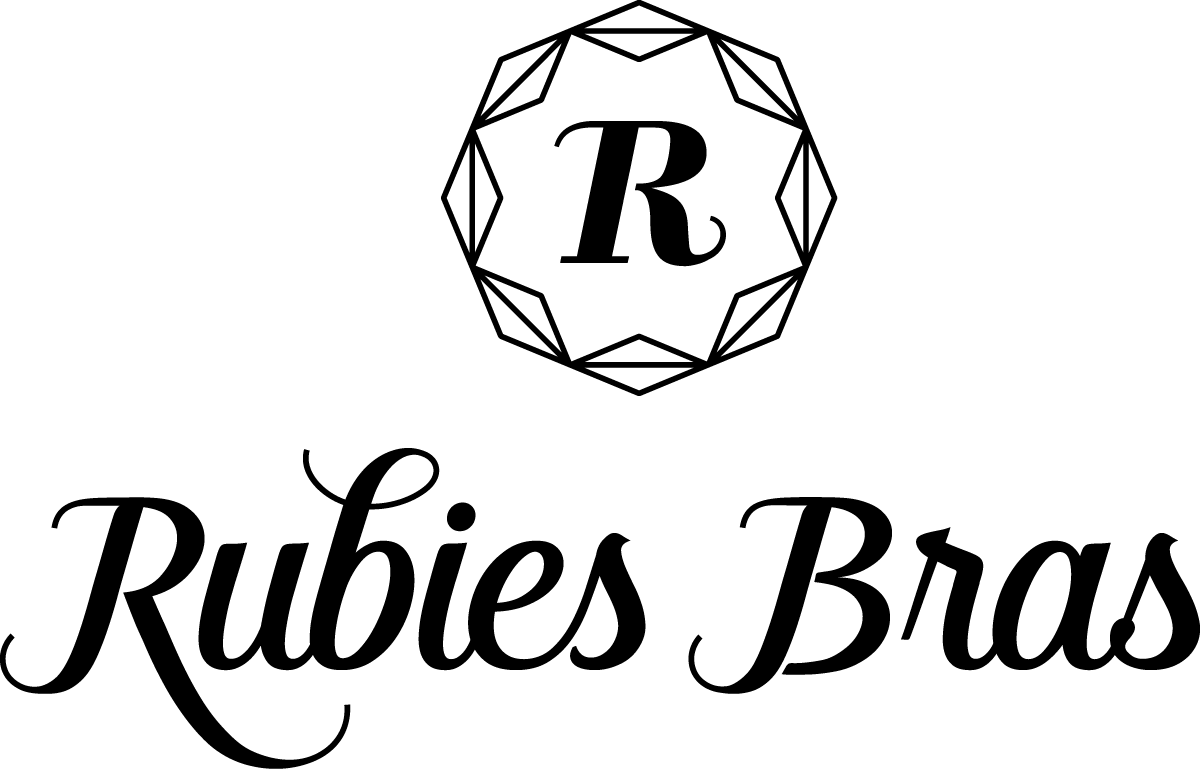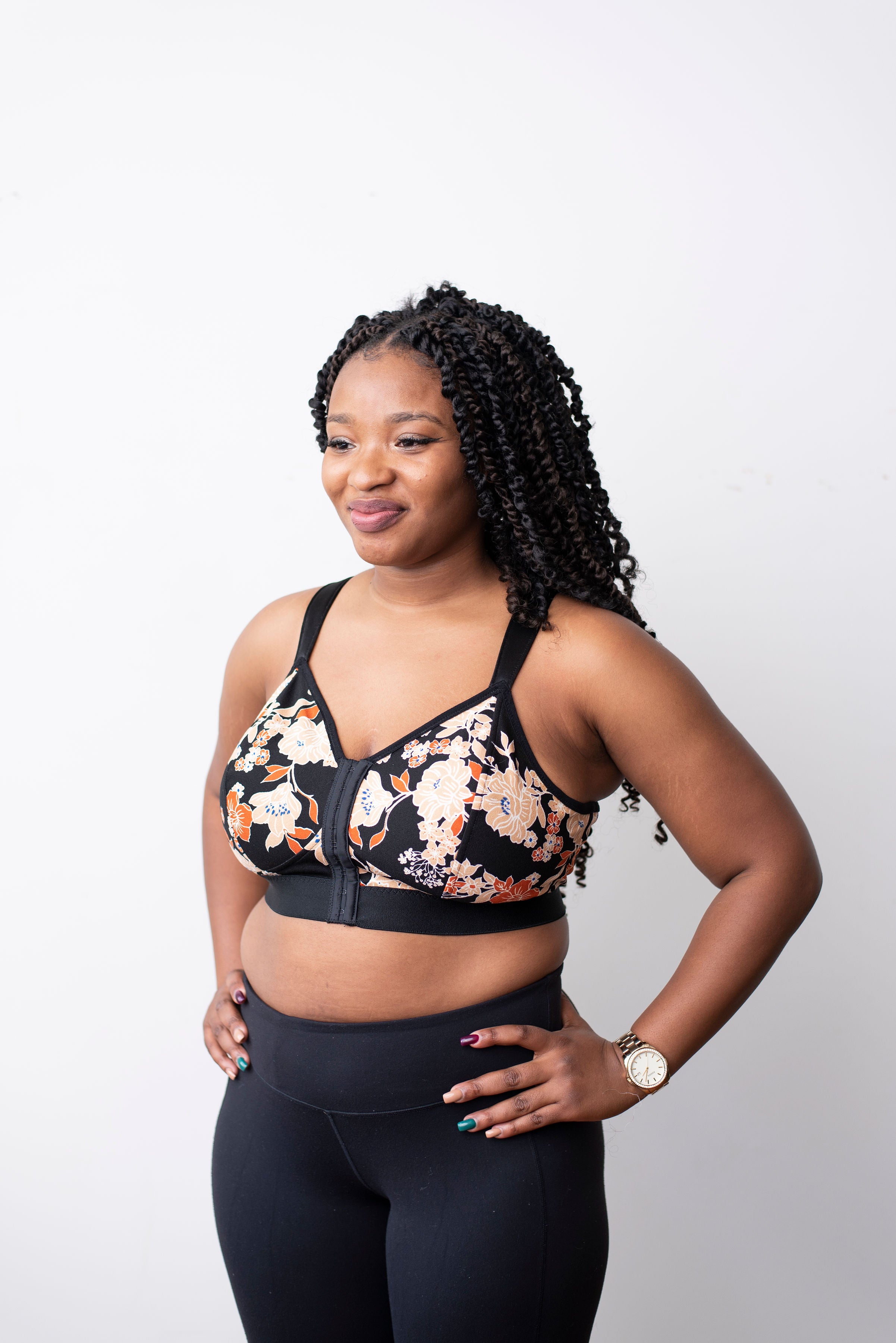
Time to Feel Yourself Up
October is breast cancer awareness month, which is near and dear to our hearts here at Rubies. We have friends, family, staff, and clients who have been affected by breast cancer, so we urge you to take the time today (and regularly) to check your breasts. We want to share with you how to become familiar with your breasts, how to properly conduct a self exam and what to do if you notice anything unusual.
Know your boobs
It’s important to get to know your breast so when something out of the ordinary appears, you are aware. Many breast issues are discovered by women themselves, often by chance. So the best way to familiarize yourself with your breast tissue, is by looking at and feeling your breast area. This area includes the entire breast area up to the collarbone, under the armpits, and the nipples.
Feel them up...thoroughly
What is the best way to examine your boobs? There isn’t one, there is no right or wrong way for women to examine their breasts. Women just need to be aware of their breast tissue enough to notice any changes. It is recommended that adult women of all ages perform a breast self-exam at least once a month.
Using the pads of your three middle fingers check your entire breast area up to the collarbone, under your armpits, and nipples. You should press down on theses areas with light, medium and firm pressure. Feel for lumps, thickening, knots, or any other breast changes.
2. In Front of a Mirror
Visually examine your breasts with your arms at your side. Then, raise your arms over your head. Look for any swelling, dimpling of the skin, and changes in your nipples. Next, rest your palms on your hips and press firmly to flex your chest muscles. Left and right breasts will not exactly match—few women’s breasts do, so look for any dimpling, puckering, or changes, particularly on one side.
3. Lying Down
Lying down causes the breast tissue to spread out evenly along your chest wall. Grab a pillow and place it under your right shoulder and your right arm behind your head. Using your left hand, move the pads of your fingers around your right breast gently. Make sure to cover the entire breast and armpit area. Using light, medium, and firm pressure. Squeeze the nipple; check for discharge and lumps. Repeat these steps for your left breast.
Here is a video by the National Breast Cancer Society for a better understanding on how to preform a self breast examination:
Here is a tool from the Canadian Cancer Society to help you evaluate whether you need a mammogram.
We encourage all adult women to be proactive in their breast health, and preform self breast exams every month. Catching breast cancer early can stop the spread. Be aware of what’s normal for your breasts, talk to your healthcare provider if you notice any changes in your breast. You can also inquire about the benefits of having a mammogram to screen for breast cancer.
- Ruhee, Founder



Leave a comment
This site is protected by hCaptcha and the hCaptcha Privacy Policy and Terms of Service apply.